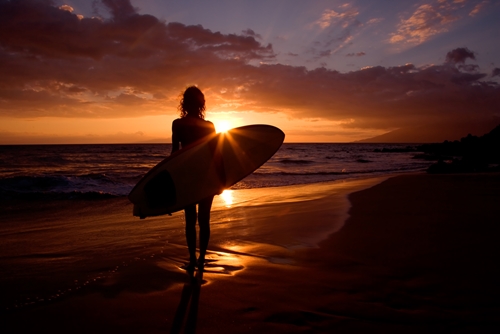
UVA vs UVB: FAQs
With the sun coming out across the country, once again it’s time to whip out that sunscreen. Today we’ll try to answer some of your burning questions about the impact of UV rays and explain the differences between UVA vs UVB.
What is the difference between UVA vs UVB?
There are a few key differences according to the World Health Organisation (WHO). UVA affects the pre-existing melanin pigment in the top layers of the skin, but can also penetrate deeper tissue and blood vessel layers. This can cause premature ageing through the loss of the skin’s natural elasticity. However studies such as those conducted by the Sanger Institute in the UK have also discovered a strong link between cancerous melanomas and UVA.
UVB, by contrast, is described by the WHO as a stimulator of the production of new melanin. Its sunburn effect tends to last for longer, as melanin is the agent responsible for both the thickening and darkening of superficial skin layers as part of our body’s natural prevention against further damage. It is also estimated that higher doses of UVB may put you at risk of developing skin cancer, although research is ongoing as to the exact reasons how.
Which is more dangerous?
In high doses, both forms of UV can be detrimental to your health. 95 per cent of the world’s radiation is made up of the long wavelength UVA rays which permeate the deeper levels of our skin to cause that fast appearing summer glow, reports the WHO. While the majority of UVB rays are absorbed by the atmosphere, they can still cause lasting damage after long exposure. Their is no ‘winner’ between UVA vs UVB.
Are some people more susceptible to UV damage than others?
According to American Cancer Society, the melanin pigmentation in our skin acts as a natural defence against harmful UV rays. So although those with higher melanin levels and darker skin are less likely to get sunburnt, people with any range of skin tone can suffer sun damage. The Mayo Clinic lists fairer skinned people with blue or green eyes and those with moles or the tendency to freckle in the sun as more susceptible to UV damage. Those who have a family history of melanoma or skin cancer may also be more vulnerable to UV rays.
What is the best way to deal with both types of UV?
SunSmart Australia recommends using a broad spectrum, water-resistant sunscreen with SPF 30 to best combat UV damage. Chuck one in your reusable bag with a broad spectrum to filter out both UVA and UVB to protect your skin against sun damage. Bearing in mind that sunscreen can never reliably provide 100 per cent protection, SunSmart reminds Australians take other preventative measures such as covering up with clothes and UV blocking sunglasses.
And yes, before you ask, there are UVC rays, but we can thank Earth’s atmosphere for absorbing it all for us.


